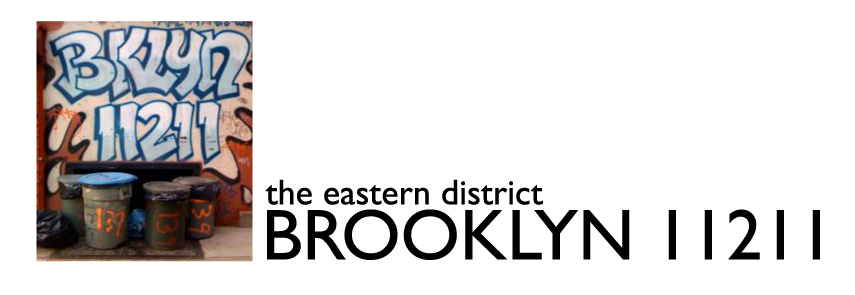…in 2010 – wah, wah, wah.
While you are waiting to get on the L train, ponder some of these numbers from today’s Times:
The busiest station on the Brooklyn part of the line is Bedford Avenue, in Williamsburg, which had 4.99 million riders pass through the turnstiles last year…
Of course by the time they get to Bedford, the trains are already full. The 5 million people using the Bedford station do not include any new riders generated by the waterfront rezoning. The nearest subway station to those 10,000 (or more) new households? Bedford Avenue.
That was a 139 percent increase from 1995, when 2.09 million riders entered the station…
5,000,000 riders works out to about 14,000 people per day using the Bedford station (assuming ridership is spread equally over 365 days, which it is not). With another 10,000 to 20,000 new adult residents in Williamsburg and Greenpoint over the next decade (probably a lot more), ridership could actually double again.
Over all, subway ridership increased 46 percent in the same period…
…the L line ranked 20th out of 22 when evaluated for the likelihood that a rider would find a seat at rush hour…
At least there are still seats on the J train. (Though even that is getting more crowded lately.)
And this little gem:
…the new signal system was designed in the mid-1990s and that at the time the hefty residential growth in areas like Williamsburg had not been anticipated… In 2002 and 2003, the authority acquired 212 new computerized cars for the line. But last year, officials acknowledged the fleet was not large enough to handle the increased ridership and they began planning to add conventional cars until more computerized cars could be acquired. The conventional cars will be added later this year.
Over the years, community activists have been complaining that the waterfront rezoning did not do enough to accommodate future transportation needs, and that the increase in service from computerized trains originally touted by the MTA was nowhere near enough to handle even the existing ridership. I guess Teresa was right all along.
Have I mentioned how great the water taxi is?
